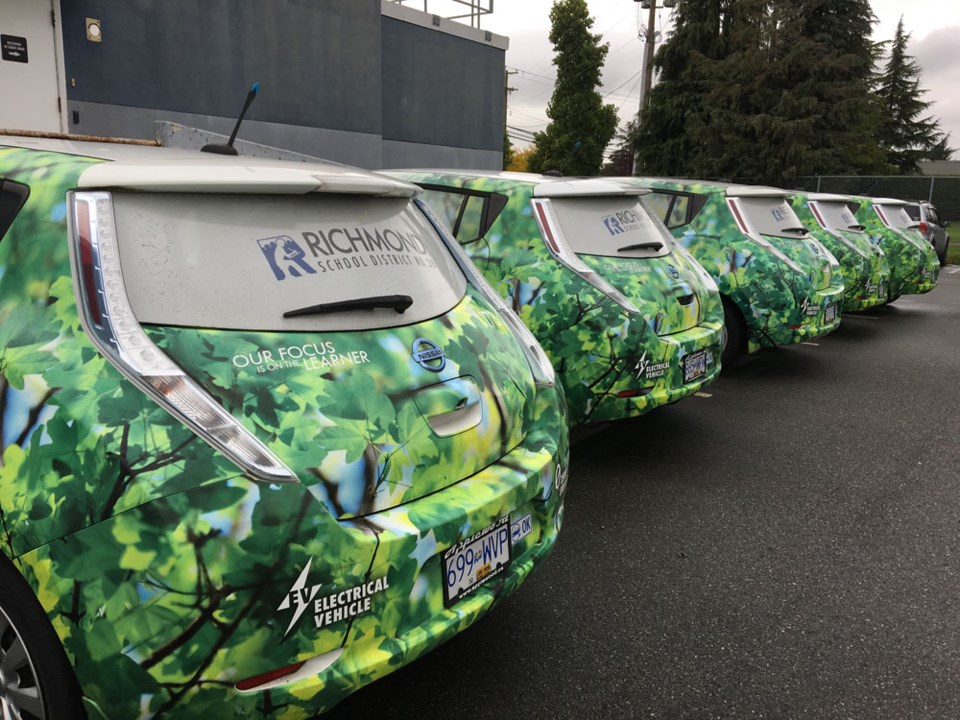The Richmond board of education approved a sustainability and climate action plan, and it wants to spend $14 million over four years to start implementing it.
This would allow the school district to start reducing building emissions, lower hydro and natural gas use, reduce waste and lower water consumption.
But large capital projects – that could improve school building energy efficiency – are funded by the provincial government, and board chair Sandra Nixon said the annual facilities grants to make these improvements are “inadequate,” adding they’ve been “static for quite a long time.”
“That’s been made abundantly clear by the fact that, all of a sudden, ventilation in our schools – mechanical ventilation – is of huge importance,” Nixon said. “And we haven’t received the funding to do the upgrades (that) would have been great to have been done before the pandemic hit.”
In some schools with poor ventilation, the plan to keep COVID-19 from spreading inside classrooms was to simply open the windows and keep the heat higher.
Aligning local and provincial
The province has its own “Clean BC” program, and Nixon would like to see the provincial program align with the school district’s sustainability plan.
“It’s appropriate for us to call upon the province to help (school) districts achieve that and be leaders in that… by actually providing funding and different kinds of grant programs,” Nixon said.
Senior governments were able to dole out money during the COVID-19 pandemic, and Nixon thinks they should be able to do the same in a climate emergency.
“If they can do it for that, they can do it for sustainability, climate mitigation,” Nixon said.
The estimated cost of the plan is $14 million, and the next steps will be for the board of education to figure out how it will use its operating and capital budgets over the next four years to implement the plan.
They are hoping to also get some grants or use partnerships to help fund their climate action goals.
The school district plans to spend 82 per cent of its budgeted $14 million on energy conservation and climate change initiatives, for example, transitioning to electric and hybrid vehicles.
The school district recently bought two electric buses, partially paid for by a provincial grant. They will also be installing EV chargers at various school district properties.
Some of the key targets in the school district plan include reducing building emissions by 50 per cent and vehicle emissions by 40 per cent by 2030.
And with a target date of 2026, the school district wants to reduce electricity use by 10 per cent and natural gas by 25 per cent.
Nixon sees the board’s role as also pushing for policy changes and more provincial and federal incentive programs to support “the collective work of moving us all toward a more sustainable future.”
In the meantime, Nixon said the board of education should align its budget with its sustainability goals, which could mean putting more into capital reserves.
The school board's policy is to keep two to four per cent in capital reserves, but during the pandemic, this has been at the lower end, Nixon said.
But, as the school district’s main “reason for being” is education, having sustainability and climate action embedded in the curriculum is also a high priority, Nixon said.
“Ultimately educating our students on this and helping them become climate leaders is going to have the most impact,” Nixon said, adding she hopes sustainability becomes embedded in their mindsets for life.



